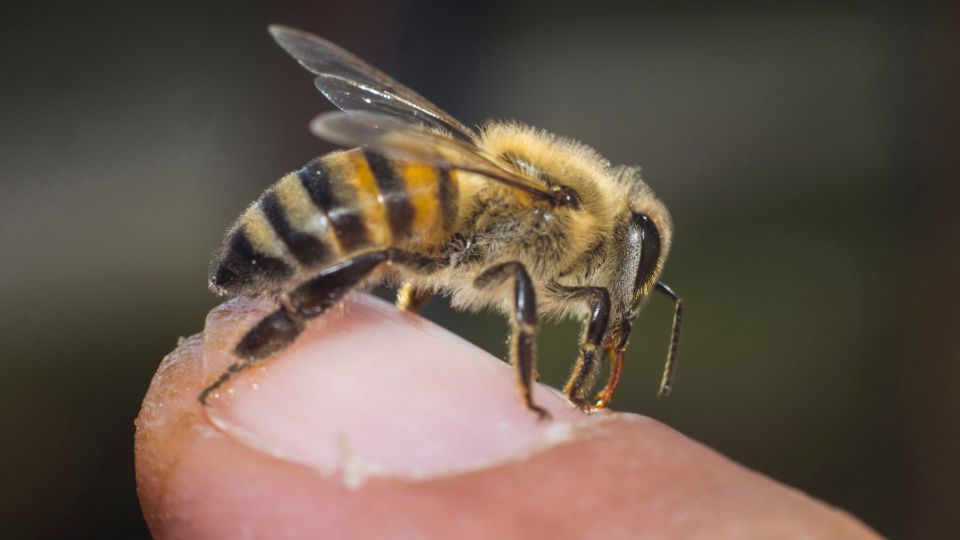Introduction
In the world of education and learning, especially within childcare setups, emergency situations can develop at any moment. cpr training brisbane Comprehending immediate reaction duties is crucial for educators, caretakers, and parents alike. Not only does it incorporate fundamental emergency treatment knowledge, but it also includes a collection of methods and abilities that must be grasped to make sure the safety of youngsters. From managing minor injuries to administering an EpiPen throughout an allergic reaction, this thorough overview will look into the myriad obligations that feature instant actions in instructional environments.
Immediate Feedback Responsibilities: What to Do When Emergencies Arise
The term "prompt feedback obligations" refers to the actions and choices that need to be taken when an emergency situation happens. These situations can range from small cases like playground incidents to much more serious circumstances including medical emergencies. The focus here is on fast reactions that can significantly impact the outcome for children involved.

Understanding Emergency situation Scenarios in Education
Emergency circumstances can differ extensively in cpr classes near me nature and seriousness. Some typical instances consist of:
- Choking Incidents: Children might unintentionally choke on food or small objects. Allergic Reactions: Instances calling for EpiPen management because of severe allergies. Minor Injuries: Scrapes, cuts, and contusions from play. Medical Emergencies: Asthma assaults or seizures that require instant attention.
Recognizing Asthma Symptoms in Children
Asthma is a common problem among children and knowing how to recognize its symptoms can save lives. Usual signs consist of:
- Coughing frequently Shortness of breath Wheezing audios when exhaling Chest tightness
Choking Prevention Strategies for Educators
Preventing choking cases need to be a concern in academic setups. Below are some effective approaches:
Age-Appropriate Foods: Make sure that food provided is suitable for youngsters's ages. Supervision During Meals: Constantly screen kids while they eat. Education on Food Choices: Instruct youngsters regarding foods that pose choking hazards.EpiPen Administration Protocols
When dealing with allergies, EpiPens can be life-saving devices. Below's just how to provide one:
Remove the EpiPen from its case. Hold the EpiPen firmly and eliminate the security cap. Press the tip versus the outer thigh up until it clicks. Hold it in position for regarding 10 seconds prior to removing.Managing Minor Wounds Effectively
Injuries are unavoidable when taking care of energetic youngsters; therefore, recognizing just how to manage small injuries is crucial:
Clean the wound with soap and water. Apply an antiseptic solution. Cover with a sterilized bandage.Child Defibrillation Guidance
For severe situations where a child may experience heart attack, recognizing just how to use an AED (Automated External Defibrillator) is vital:
Turn on the AED and adhere to voice prompts. Attach pads as shown on the device. Ensure nobody is touching the kid before supplying a shock if recommended by the AED.
Building Instructor Confidence Through Training
Educators play a critical duty in emergency situation reaction circumstances; for this reason it's important they feel confident in their abilities:
HLTAID012 Accreditation Australia Overview
The HLTAID012 qualification gears up teachers with essential first aid abilities customized especially for educational environments:
- Duration of training commonly extends over numerous hours consisting of both created and sensible components. It covers subjects such as mouth-to-mouth resuscitation techniques, handling injuries, and case coverage protocols.
Written vs Practical Elements of Emergency Treatment Training
Training programs like HLTAID012 comprise both academic knowledge and hands-on method:
|Element|Description|| --------------------|--------------------------------------------------|| Written|Understanding procedures, laws, and procedures|| Practical|Hands-on practice using mannequins or simulation|
Renewal Timelines for Emergency treatment Certifications
Staying upgraded with first aid accreditations is vital for instructors:
- Most certifications call for revival every 3 years. Regular updates keep teachers knowledgeable concerning brand-new techniques or changes in protocols.
Childcare Centre First Aid Kit Essentials
A well-stocked emergency treatment set is important in any child care centre setup:

Essential Products Include:
Band-aids of numerous sizes Antiseptic wipes Gauze pads Adhesive tape Disposable gloves ScissorsFirst Help Essentials for Parents
Parents have to also be equipped with crucial emergency treatment knowledge:
Know how to deal with fevers effectively. Recognize signs and symptoms of dehydration or heat exhaustion during hot weather. Create a home-based emergency treatment package customized for childhood needs.Childcare Safety and security Risks Assessment
Regular analyses assist determine possible hazards within child care setups-- some common dangers include:
Slippery floors Sharp things within reach Playground tools safety checksRegularly evaluating these risks guarantees safety and security requirements are constantly maintained.
FAQs About Immediate Feedback Responsibilities
1) What need to I do if a youngster chokes?
- Administer back blows complied with by stomach thrusts if they can not breathe or speak.
2) Just how often must I restore my HLTAID012 certification?
- Every 3 years based on Australian regulations.
3) What things are important for a childcare first aid kit?
- Band-aids, antiseptics, gauze pads, scissors, disposable handwear covers need to all be included.
4) Just how can I stop play ground mishaps?
- Conduct regular evaluations of play ground devices and supervise youngsters throughout playtime actively.
5) What are asthma activity plans?
- A personalized plan established with healthcare providers detailing steps to take during an asthma attack.
6) Exactly how do I identify indications of allergic reactions?
- Look out for hives, swelling around the face or mouth, trouble breathing or hissing audios; act quickly!
Conclusion
Immediate response obligations are not merely jobs; they personify a commitment to safeguarding kids's health and wellness and health within educational environments. By recognizing procedures related to choking prevention, EpiPen management, small injury administration, and much more-- teachers can properly react when emergencies occur while confidently building count on among parents and stakeholders alike.
By staying educated via certifications like HLTAID012 supply first aid in education and learning courses and keeping emergency treatment sets equipped-- everyone plays a part in producing secure learning environments for development and expedition while guaranteeing every kid's safety remains paramount!